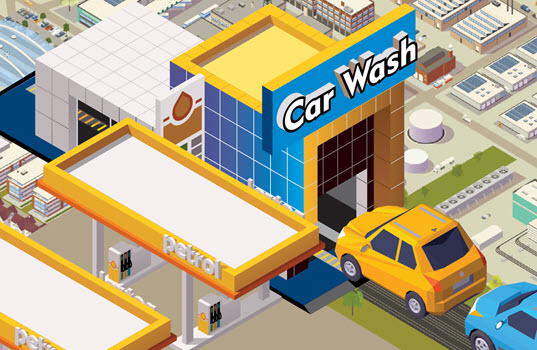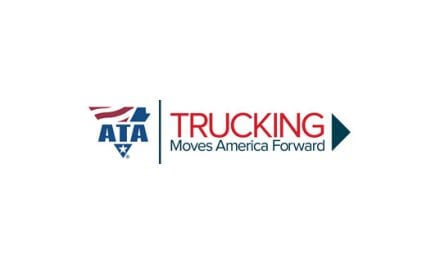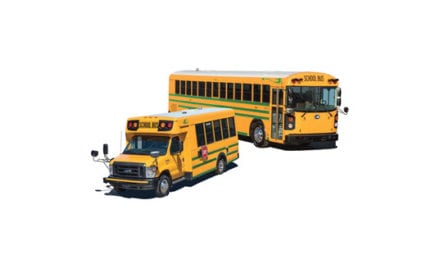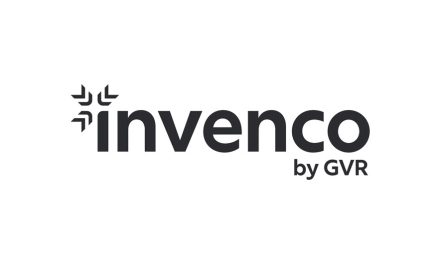By David Dougherty, PDQ
Finding the perfect plot of land on which to place a car wash can resemble a scene from “Goldilocks and the Three Bears” – This one’s too small. This one’s too remote. This one’s juuuuust right! However, finding that “just right” location can be very difficult, and failing to do so can spell the difference between success and failure for a car wash operator.
With the size of the investment required for land acquisition, permitting, construction, equipment, staffing and operational costs, it behooves car wash operators to leave no stone unturned when performing their due diligence during the site-search phase. To lend a hand, we offer this comprehensive checklist, The Top 14 Things to Consider When Selecting A Car Wash Location:
1. Area Profile
It should be obvious: where the vehicles are is where the car wash should be. But aside from population demographics, there are areas that are more likely to produce the vehicle traffic that is the lifeblood of the car wash operation. In descending order, the most desirable areas are retail/shopping corridors, business centers, residential areas and industrial parks. Major retail areas are the preferred spots because of the traffic they create, especially from drivers who are categorized as “soccer moms” or “service seekers;” these folks make up the largest percentage of wash customers.
2. Market Profile
In general, people are naturally attracted to things that are shiny and new. In the retail marketplace, people will flock to new and developing areas to see what the buzz is about. That makes those areas ideal for a car wash site. After that, the most desirable are growing or stable established areas, while declining areas offer fewer opportunities.
3. Type of Traffic
Not all traffic is created equal. As noted earlier, shoppers form the sweet spot amongst car washers. After that, local business and residential traffic can be profitable, while the operator may want to think twice before locating the wash where the majority of traffic comes from commuters.
4. Traffic Speed
A driver zooming down the road at 70-plus miles an hour isn’t likely to slam on the brakes and pull into a car wash – even if they are able to read the signage as they fly by. That makes traffic speed an important consideration. In fact, it is not recommended that a wash be located along a strip of road where the speed limit is higher than 50 mph. The best areas are those with a 30-mph speed limit, with the attractiveness decreasing as the posted speed limit increases.
5. Location of Lot
There are generally four configurations that must be considered:
- Best:Corner lot at light
- Good:Inside lot near light
- OK:Corner lot with no light
- Caution:Inside lot with no light
6. Site Access
Ease of entrance and exit to and from the roadway is critical:
- Optimal:Easy ingress and access at a corner lot
- Good:Easy ingress and access with medium traffic strip
- Caution:Difficult ingress and access
- Avoid:Difficult access due to divided highway
7. Site Visibility
A car wash that cannot be seen by drivers will not be visited. Operators should strive to find a site that offers visibility – from both directions – of at least 500 feet, while any site lines less than 200 feet should be avoided. Other things to note – and avoid – when considering site visibility are large setbacks, especially when nearby buildings do not have similarly large setbacks, and difficulty viewing the site or signage due to surrounding trees/vegetation or bridges/overpasses.
 8. Traffic Counts
8. Traffic Counts
Traffic-count totals can usually be found on municipal or state Department of Transportation websites. Obviously, areas with higher traffic counts are most desirable, with counts in excess of 10,000 vehicles a day the best option.
9. Hours of Operation
A site that stays open 24 hours a day, seven days a week offers the best bang for the buck, but state or municipal laws may restrict the number of “open” hours a site can offer. Short of 24/7 operation, being able to operate for at least 75 hours a week (nearly 11 hours a day) is the best option, with the benefits receding as the allowable hours of operation diminish.
10. Zoning Requirements
Among the types of zoning requirements that must be considered before selecting a site are noise ordinances, lighting ordinances, hours of operation ordinances and utility consumption, especially as it pertains to peak-usage regulations.
11. Access to Utilities
The site must have easy access to water/sewer, electrical and natural gas service. Water must be available at flow rates up to 30 gallons per minute at pressures of 30-50 psi. While there are a lot of variables the typical site should have an electrical service to accommodate a 200-amp breaker panel at 208 VAC 3PH. The location must also have access to reliable Internet service.
12. Size of Lot
Lot size needs can vary greatly depending on the type of car wash. The size and shape requirements differ between a tunnel and in-bay automatic wash. Contacting your local car wash expert, your distributor, will be the best option to help determine if a parcel of land is the correct shape and size to maximize your chances of success.
13. Vehicle Stack
Knowing the average length of a vehicle, is there enough room to accommodate two, three, four or five-plus vehicles per bay? Is there enough room to feed a tunnel wash with multiple lanes? Is the site conducive for a left hand turn? Thinking beyond just the number of cars a site can stack is critical. Orientation, visibility and direction can all play a role in vehicle stacking.
14. Location of Competition
There are two variables to consider when evaluating the competition. The first, and simplest, is the physical distance between the sites. A location where the closest competitor is at least seven miles away is preferable, with the threat of the competition increasing as the distance between the sites decreases. Secondly, the type of wash and services that are being offered by the competition must be considered. Is the competitor’s wash an in-bay automatic or a tunnel? Full service or exterior only? Friction or touch-free? Self-serve or manned? Standalone or attached to a gas station/convenience store? What other services are offered (vacuums, detailing, etc.)?
With so many variables to consider, it becomes difficult to completely satisfy all of them, so a bit of give-and-take will be required during the site-procurement process. By using these 14 considerations as a guideline, car wash operators can make a very reasoned and, hopefully, successful site-selection decision.
 David Dougherty is the Senior Product Manager for In-Bay Automatics at PDQ Manufacturing, Inc., De Pere, WI, and can be reached at [email protected]. PDQ is part of OPW Vehicle Wash Solutions, a business unit within Hamilton, OH-based OPW. OPW Vehicle Wash Solutions was formed in January 2019 and consists of PDQ Manufacturing, Inc. and Belanger, Inc. PDQ is a preeminent provider of touch-free and friction in-bay automatic wash systems and payment terminals, while Belanger is an innovative leader in tunnel and in-bay automatic wash systems. Together, they create a revolutionary single source for all vehicle-wash needs. For more information on OPW Vehicle Wash Solutions, please visit opwvws.com.
David Dougherty is the Senior Product Manager for In-Bay Automatics at PDQ Manufacturing, Inc., De Pere, WI, and can be reached at [email protected]. PDQ is part of OPW Vehicle Wash Solutions, a business unit within Hamilton, OH-based OPW. OPW Vehicle Wash Solutions was formed in January 2019 and consists of PDQ Manufacturing, Inc. and Belanger, Inc. PDQ is a preeminent provider of touch-free and friction in-bay automatic wash systems and payment terminals, while Belanger is an innovative leader in tunnel and in-bay automatic wash systems. Together, they create a revolutionary single source for all vehicle-wash needs. For more information on OPW Vehicle Wash Solutions, please visit opwvws.com.









